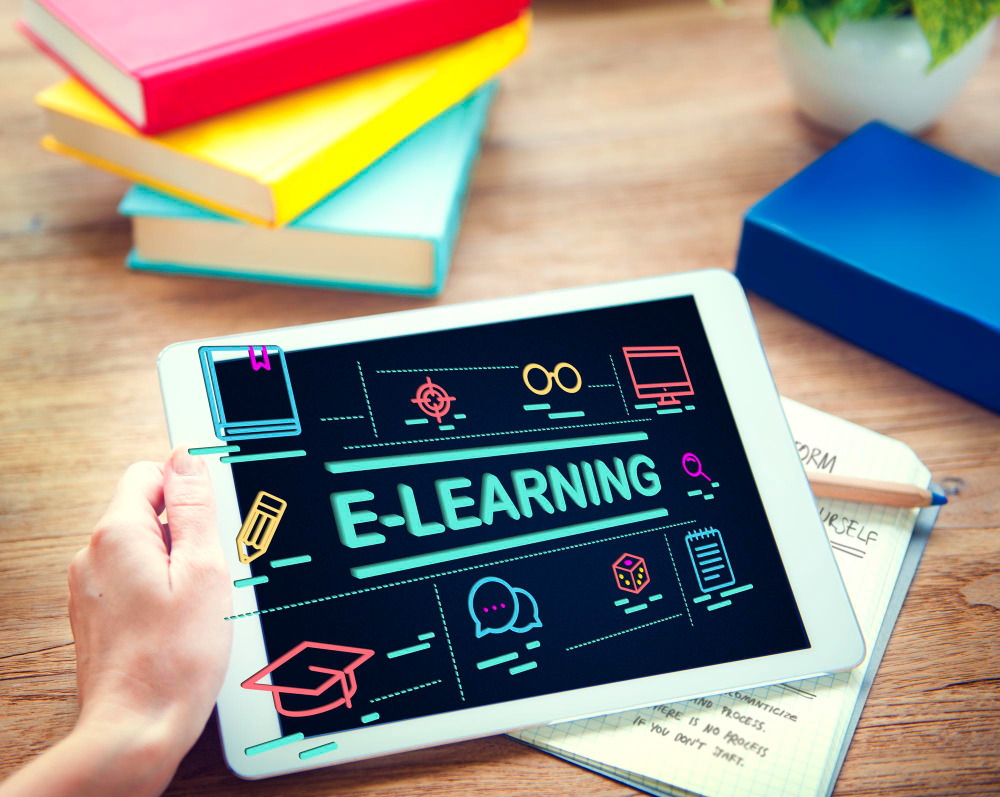The future of work is rapidly evolving. Automation and technological advancements are transforming industries, and employers are seeking a new breed of employees – individuals equipped with critical thinking skills, problem-solving abilities, and the capacity to collaborate effectively. Project-based learning (PBL) emerges as a powerful pedagogical approach that can prepare students for the demands of this dynamic job market.
The Shifting Landscape of Work: The Skills Employers Seek
The traditional focus on rote memorization and standardized testing is no longer sufficient to prepare students for the complexities of the future workforce. A 2016 report by the World Economic Forum predicts that by 2030, automation will displace 800 million jobs globally [2]. However, this disruption also presents an opportunity to equip students with the skills that will remain in high demand:
- Critical Thinking and Problem-Solving: The ability to analyze information, identify solutions, and adapt to unforeseen challenges.
- Collaboration and Communication: Effective teamwork, communication skills, and the ability to build consensus within diverse teams.
- Creativity and Innovation: Thinking outside the box, generating new ideas, and approaching problems from innovative angles.
- Digital Literacy and Adaptability: Proficiency in digital tools, the ability to learn new technologies quickly, and the willingness to embrace continuous learning.
Statistics: A 2020 study by the National Association of Colleges and Employers (NACE) found that employers ranked critical thinking/problem-solving skills (No. 1), communication skills (No. 2), and ability to work in a team (No. 3) as the most desired qualities in new hires [3].
Project-Based Learning: A Bridge to the Future of Work
PBL offers a dynamic learning approach that equips students with the skills and dispositions employers seek:
- Real-World Challenges: PBL projects revolve around authentic problems or scenarios, encouraging students to apply their knowledge and skills to real-world situations.
- Student-Centered Learning: PBL shifts the focus from teacher-directed instruction to student-centered exploration, fostering autonomy and ownership of the learning process.
- Collaboration and Communication: Students work collaboratively on projects, developing communication and teamwork skills essential for success in the workforce.
- Critical Thinking and Problem-Solving: PBL projects encourage students to think critically, analyze information, and generate creative solutions to complex problems.
- Digital Integration: Technology plays a vital role in PBL, allowing students to research, collaborate, and present their findings using digital tools.
Statistics: A study by the Buck Institute for Education found that students engaged in PBL demonstrated a 21% increase in critical thinking skills and a 47% increase in self-reported collaboration skills [4].
Building a PBL Classroom: Empowering Young Minds
Here are some key elements for creating a successful PBL classroom:
- Project Selection: Choose projects that are relevant to the curriculum, age-appropriate, and spark student interest.
- Clear Learning Objectives: Define specific learning goals and success criteria to guide student exploration and ensure alignment with curriculum standards.
- Scaffolding and Support: Provide necessary guidance and resources while allowing students autonomy and encouraging independent learning.
- Assessment and Reflection: Incorporate formative and summative assessments to measure progress and provide opportunities for student reflection on their learning journey.
Statistics: A report by the Center for Education Policy Research at Stanford University emphasizes the importance of well-designed PBL projects with clear learning objectives and effective assessment strategies [5].
Beyond the Classroom Walls: Real-World Applications of PBL
The benefits of PBL extend beyond academic achievement:
- Increased Engagement and Motivation: Students become more invested in learning when they are tackling real-world problems.
- 21st Century Skills Development: PBL fosters the crucial skills needed for success in the 21st century workplace.
- Improved Communication and Collaboration: Students learn to communicate effectively and work collaboratively in diverse teams.
- Developing a Growth Mindset: PBL encourages perseverance, problem-solving, and a willingness to embrace challenges.
Statistics: A study published in the Journal of Educational Psychology found that students engaged in PBL projects reported higher levels of intrinsic motivation and self-efficacy compared to students in traditional classrooms [6].
Frequently Asked Questions (FAQ)
General Questions:
- What is project-based learning (PBL)?
PBL is a teaching method where students learn by actively engaging in projects that center around real-world challenges. Students work collaboratively to research, solve problems, and create solutions, fostering critical thinking, communication, and other essential skills.
- What are the benefits of PBL?
PBL offers numerous advantages for students:
- Develops 21st century skills:Critical thinking, problem-solving, collaboration, communication, and digital literacy.
- Boosts engagement and motivation:Students become more invested in learning when tackling real-world problems.
- Enhances communication and collaboration:Working on projects together strengthens communication and teamwork skills.
- Promotes critical thinking and problem-solving: Students learn to analyze information, identify solutions, and adapt to unforeseen challenges.
- Cultivates a growth mindset:PBL encourages perseverance, resilience, and a willingness to embrace challenges.
- Is PBL right for all subjects and age groups?
PBL can be adapted to various subjects and age groups. However, successful implementation requires careful project design and differentiation to cater to learning levels and curriculum standards.
Implementation and Design:
- How do I choose a good PBL project?
- Relevant to the curriculum: Aligned with learning objectives and curriculum standards.
- Age-appropriate: Challenging but achievable for the target student population.
- Engaging and interesting: Sparks student curiosity and motivates active participation.
- Open-ended:Allows for multiple solutions and encourages creativity.
- What are the key components of a successful PBL classroom?
- Clear learning objectives: Define specific goals and success criteria to guide student exploration.
- Student-centered learning: Empower students to take ownership of their learning journey.
- Scaffolding and support: Provide necessary guidance and resources while encouraging independence.
- Formative and summative assessments: Evaluate progress and provide opportunities for reflection.
Conclusion
Project-based learning is not just a trendy teaching method; it’s a transformative approach that equips students with the skills and dispositions to thrive in the dynamic future of work. By embracing PBL, we can empower a generation of critical thinkers, effective communicators, and innovative problem-solvers who are ready to shape a brighter future.



















